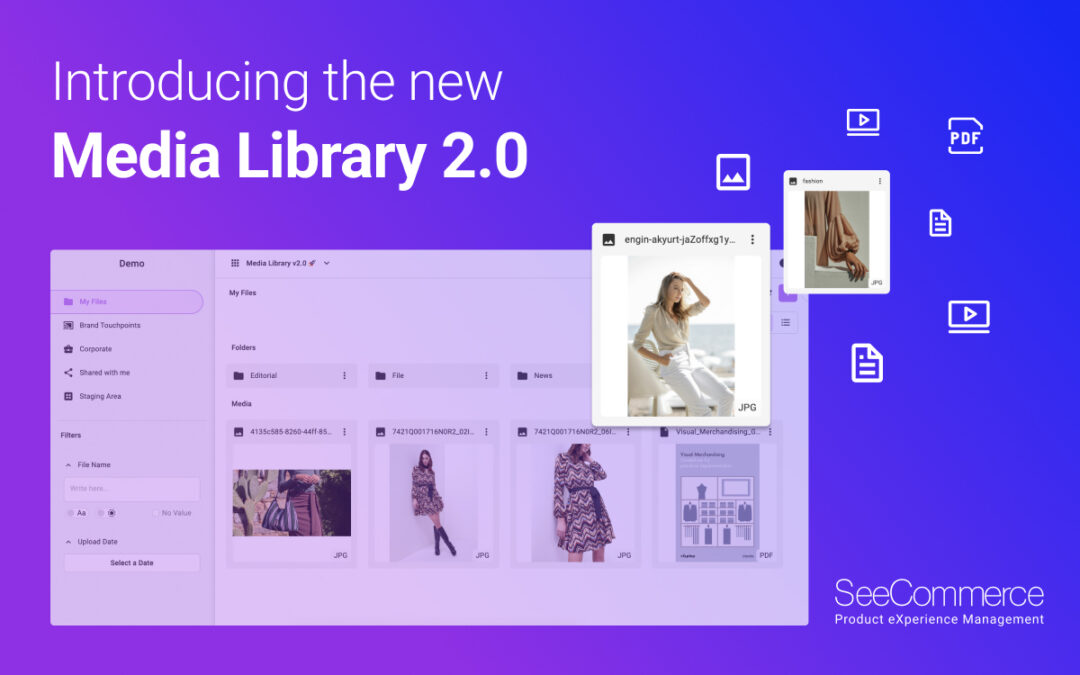
Introducing the new Media Library 2.0

Introducing the new Media Library 2.0

SeeCommerce PXM is evolving with exceptional news: p
erformance enhancements and advanced features that take content management to the next level. 🚀
SeeCommerce is a comprehensive platform that combines the functionality of PIM and DAM in perfect synergy, enabling optimal control of the entire content lifecycle. From the creation of catalogs, through product information to editorial content, whether text, media, technical information and documents, SeeCommerce PXM governs all this information by facilitating its management and contributing to the improvement of Brand reputation.
Today the bar is raised even higher with the new Media Library 2.0, an area where all of the Brand’s editorial files reside that can be archived, tagged, shared and distributed on external platforms, eliminating the problem of duplication.
But how does Media Library 2.0 change?
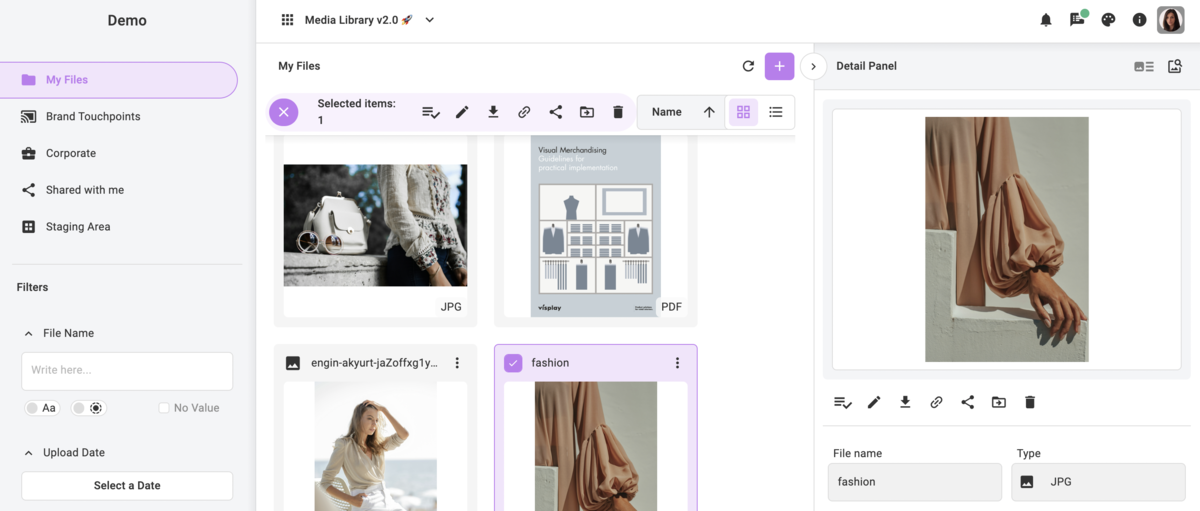
Performance: Improved performance enables everyday tasks to be carried out even faster, thanks to superior technical optimization and the introduction of new micro-functions that greatly facilitate daily operations.
Brand & Touchpoint: We have dedicated a section that allows direct management of portals (such as Press and Trade portals) and external corporate archives, offering the ability to create folders, subfolders, upload and move files securely, thanks to the associated permissions, without burdening the portal or generating duplicate files.
Corporate: Not just sharing between internal and external users on the platform, but an area completely dedicated to business content that can be used by everyone. Designed to contain material that can be consulted by the entire organization.
And much more:
There is no shortage of broader features such as metadata management that allow customization of assets with specific information.
Media Library 2.0 represents a key area that, together with the Product section, enables a complete 360-degree view and management of Brand content.
Contact us to discover all the benefits of SeeCommerce.
Our team of experts is at your complete disposal.
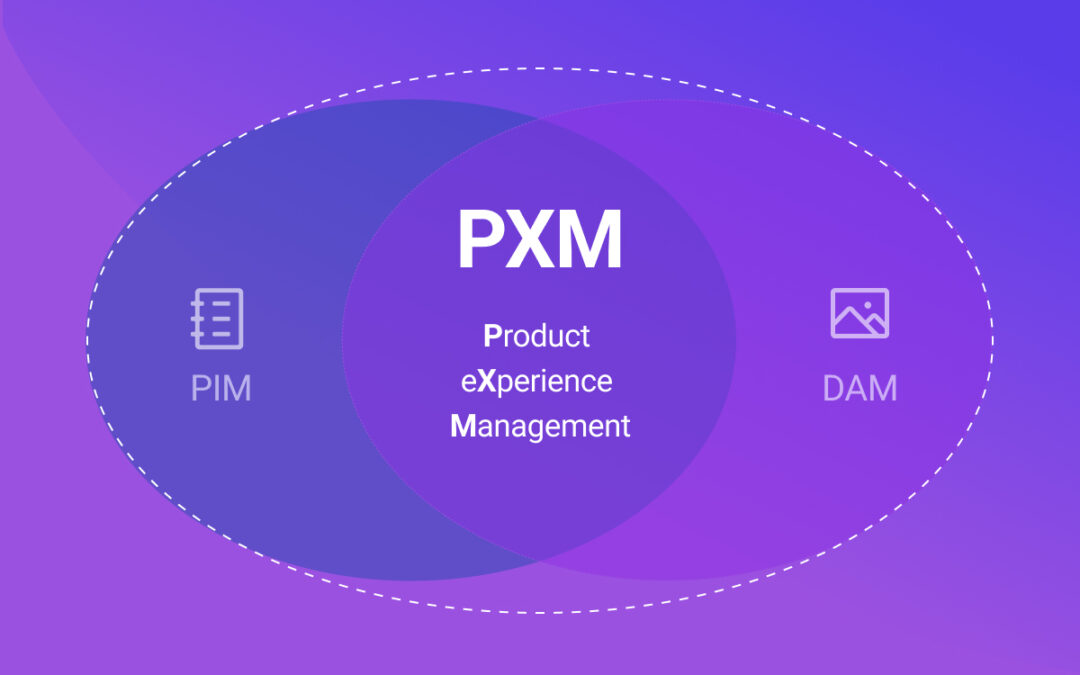
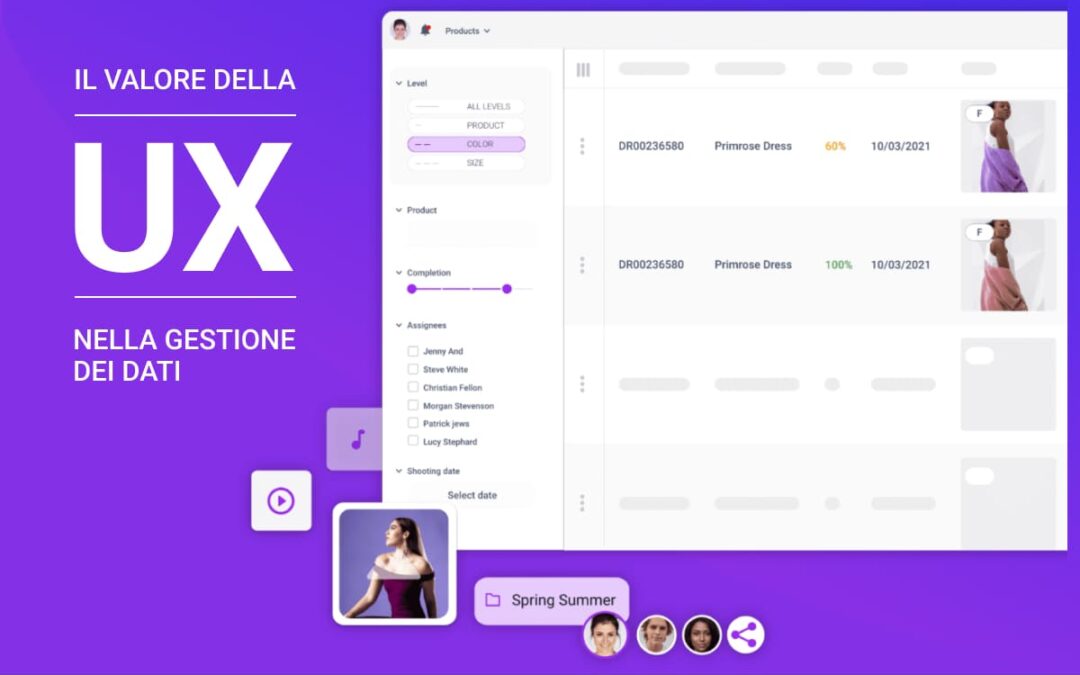
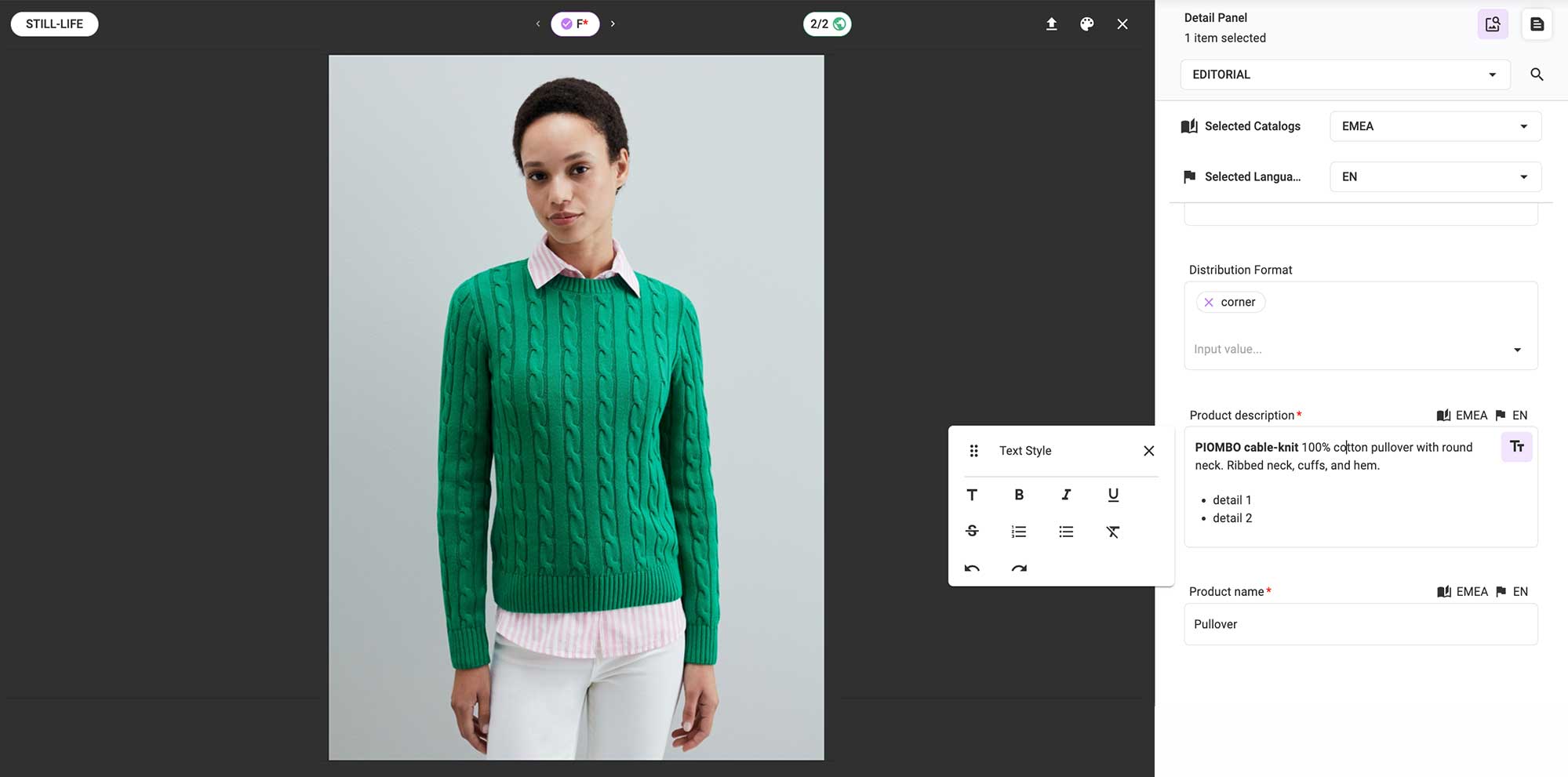
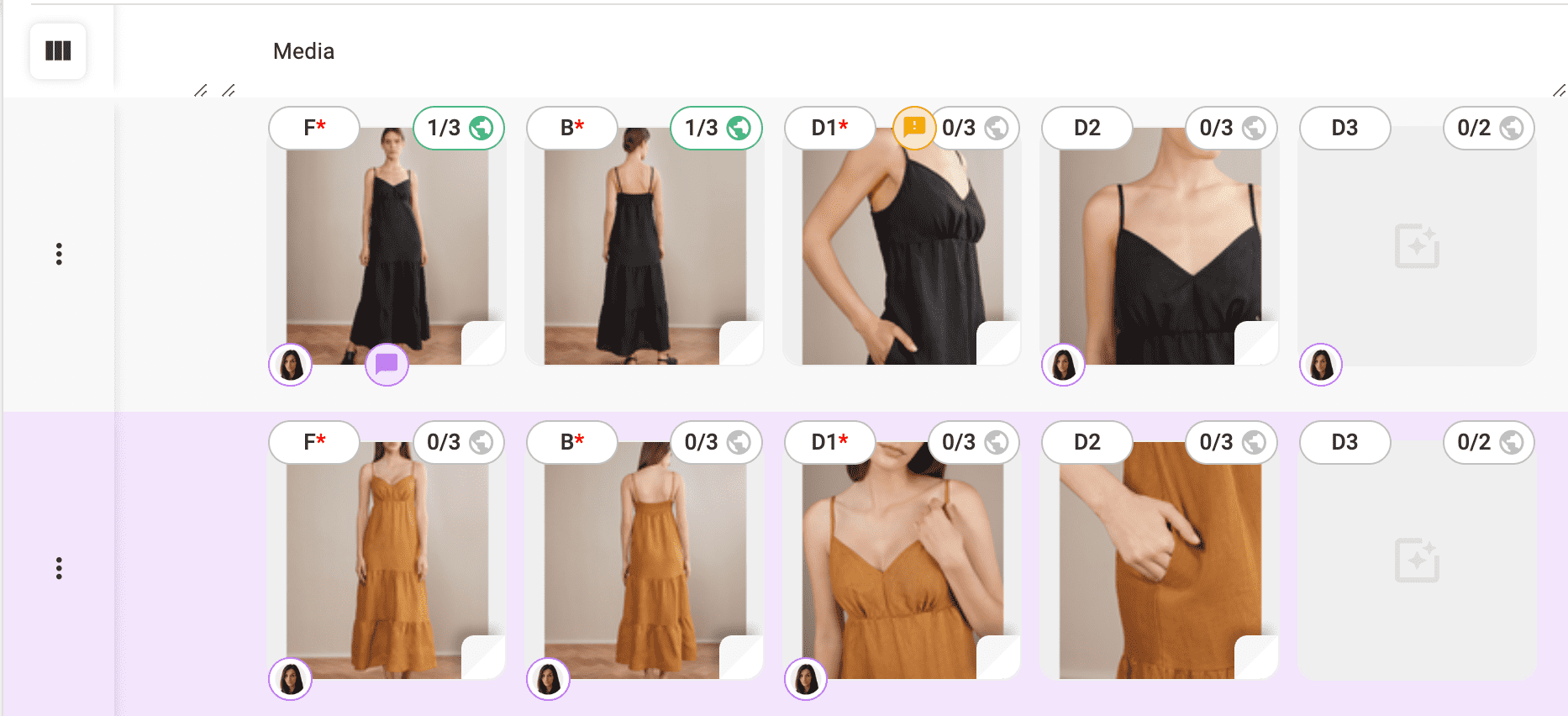
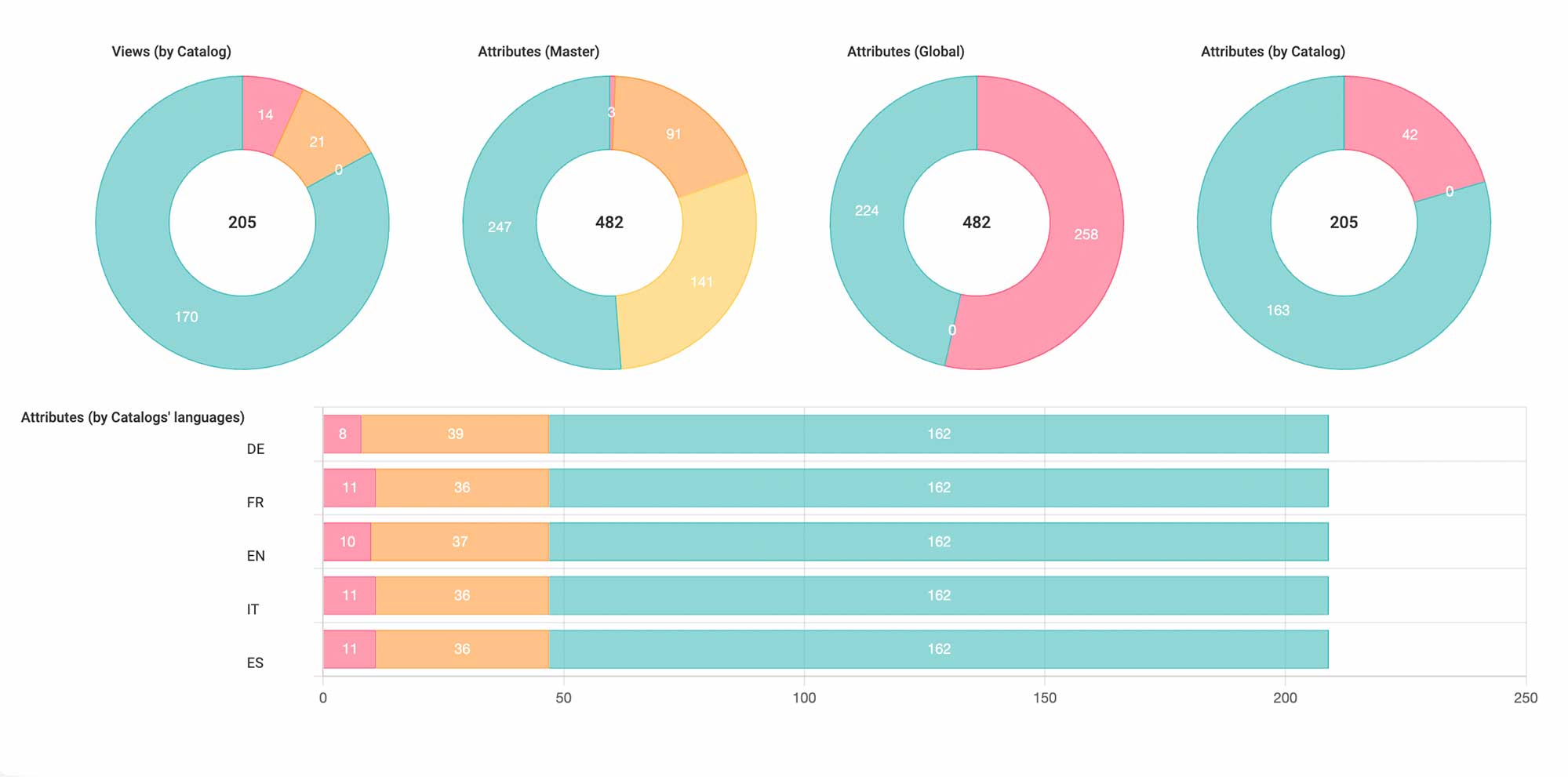
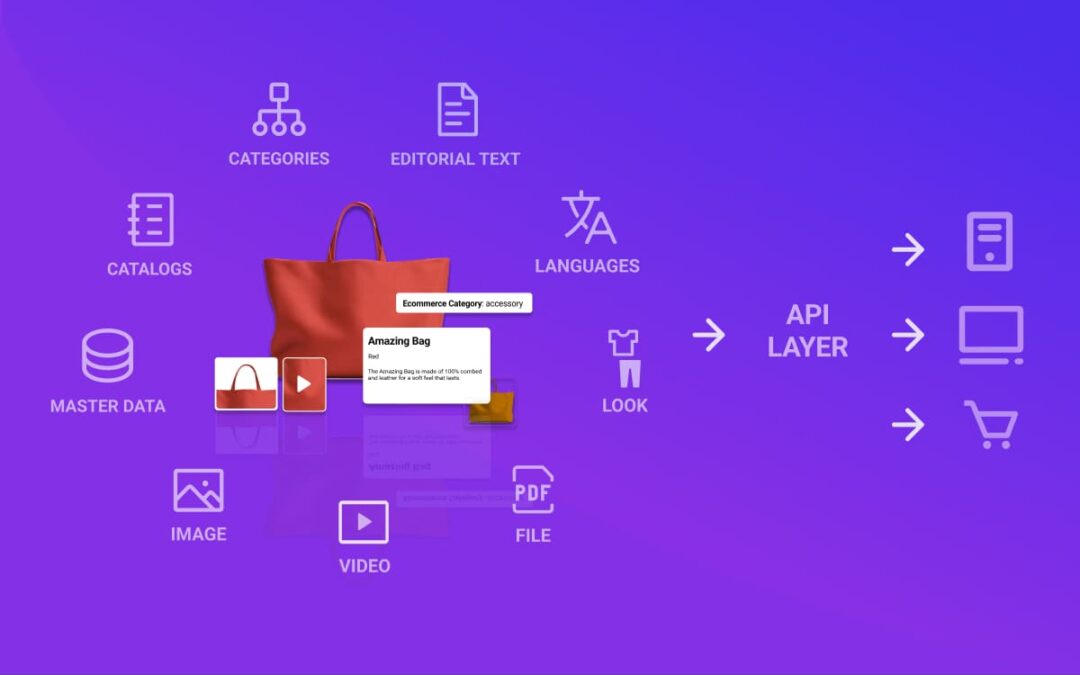
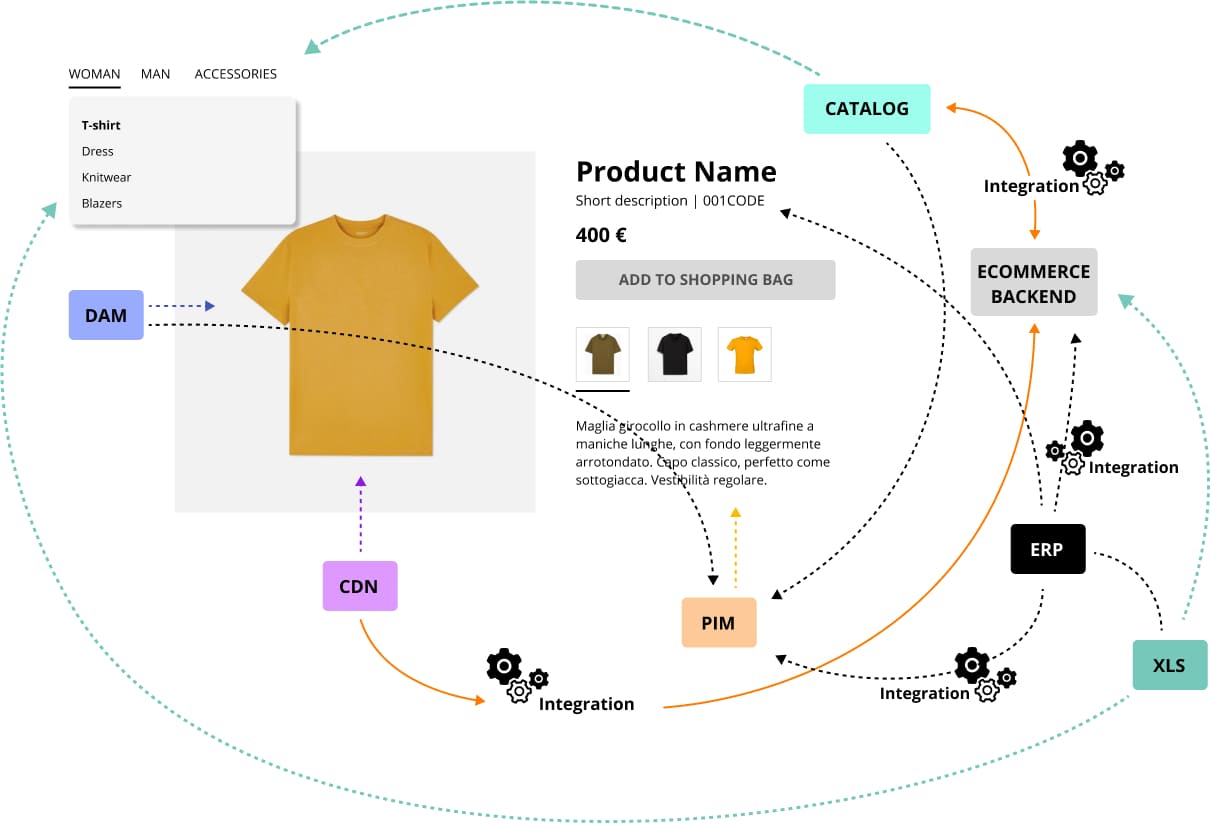
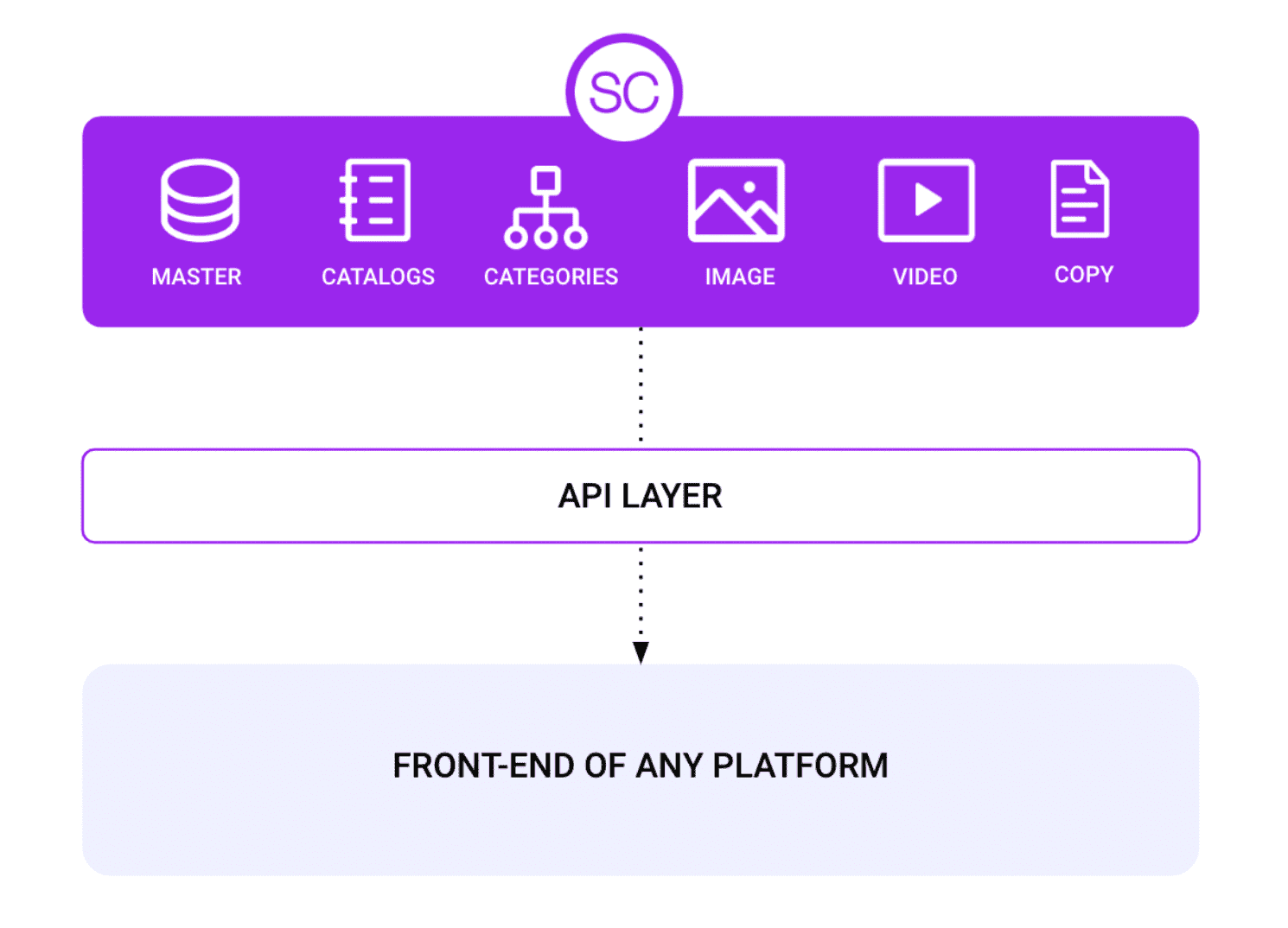





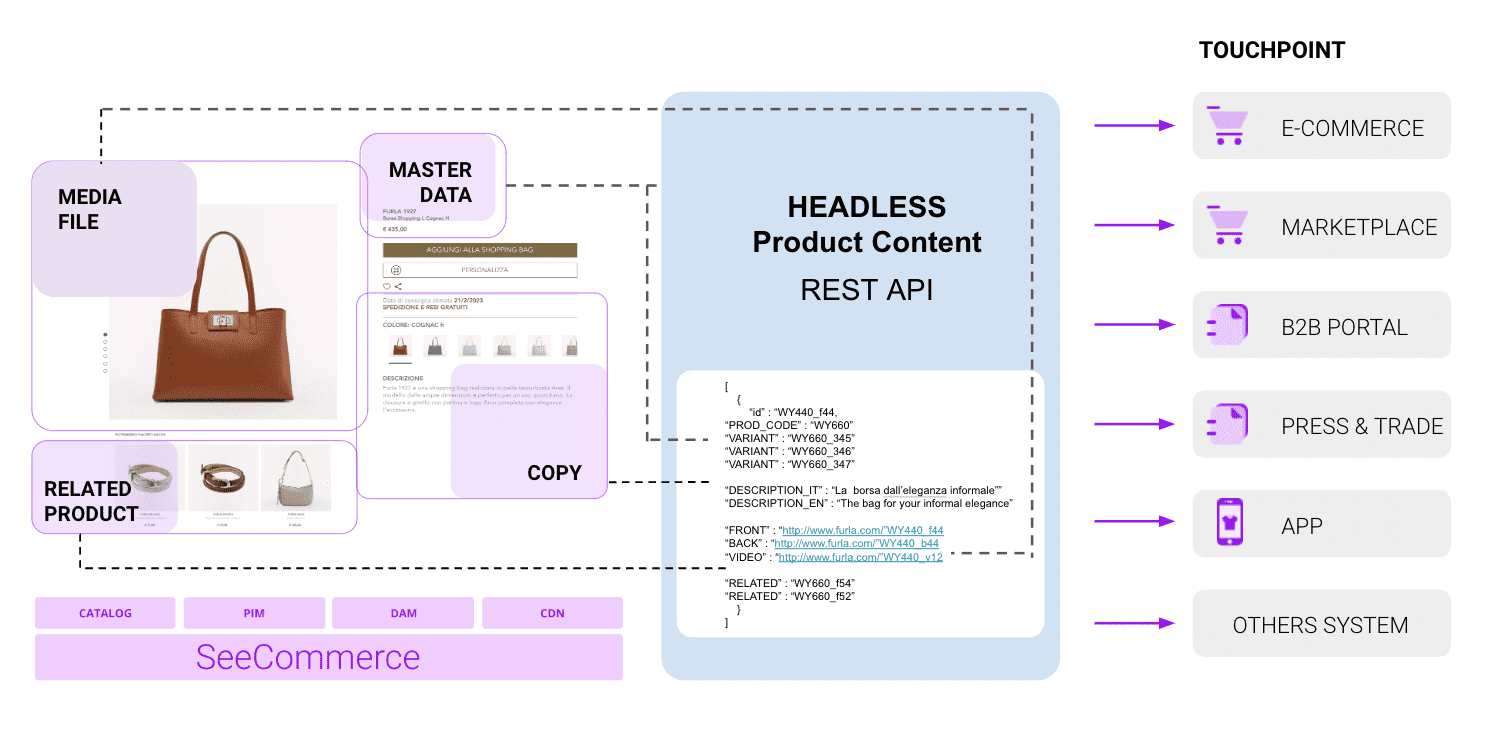
Recent Comments